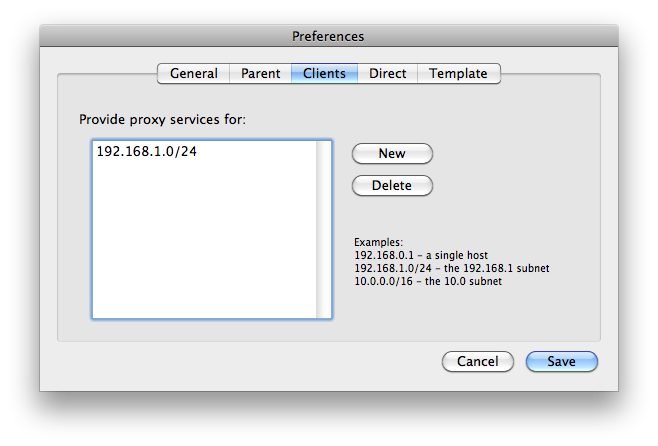

In the config file you can find the default cache_dir directive commented out: # Uncomment and adjust the following to add a disk cache directory. The cache_dir directive takes the following arguments: cache_dir The cache_dir option allows one to configure an on-disk cache, the default option is on-memory cache. In this example it is set to weezie visible_hostname weezie This hostname does not necessarily need to be the computer’s hostname. To set your Squid server to listen on TCP port 8888 instead of the default TCP port 3128, change the http_port directive as such: http_port 8888Ĭhange the visible_hostname directive in order to give the Squid server a specific hostname. Make this copy and protect it from writing using the following commands: sudo cp /etc/squid/nf /etc/squid/ Prior to editing the configuration file, you should make a copy of the original file and protect it from writing so you will have the original settings as a reference, and to re-use as necessary. For more in-depth configuration of Squid, see the References section. The following examples illustrate some of the directives which may be modified to affect the behavior of the Squid server. Squid is configured by editing the directives contained within the /etc/squid/nf configuration file.
#Squidman get ip install
InstallationĪt a terminal prompt, enter the following command to install the Squid server: sudo apt install squid When selecting a computer system for use as a dedicated Squid caching proxy server for many users ensure it is configured with a large amount of physical memory as Squid maintains an in-memory cache for increased performance. The Squid proxy cache server is an excellent solution to a variety of proxy and caching server needs, and scales from the branch office to enterprise level networks while providing extensive, granular access control mechanisms, and monitoring of critical parameters via the Simple Network Management Protocol (SNMP). Squid also supports a wide variety of caching protocols, such as Internet Cache Protocol (ICP), the Hyper Text Caching Protocol (HTCP), the Cache Array Routing Protocol (CARP), and the Web Cache Coordination Protocol (WCCP). Squid can implement caching and proxying of Secure Sockets Layer (SSL) requests and caching of Domain Name Server (DNS) lookups, and perform transparent caching. Squid is a full-featured web proxy cache server application which provides proxy and cache services for Hyper Text Transport Protocol (HTTP), File Transfer Protocol (FTP), and other popular network protocols. Multi-node Configuration with Docker-Compose.


 0 kommentar(er)
0 kommentar(er)
